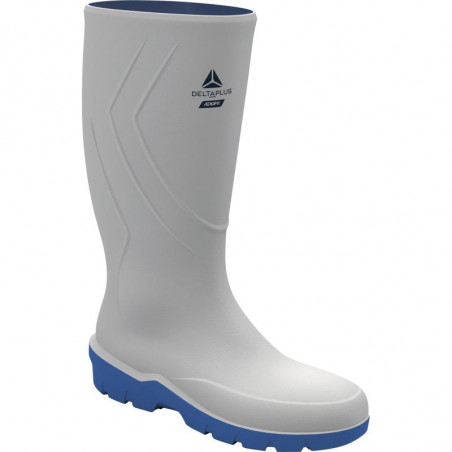Meat ageing is a process during which microbes and enzymes act upon the meat to break down the connective tissue, thereby tenderising the meat and giving it a richer flavour. This can be done through two main methods: wet ageing and dry ageing. Wet ageing is used for beef, pork and lamb that is stored and refrigerated in a vacuum package, while dry aged beef is refrigerated without packaging which results in a dry surface that is cut off before preparation.
There are no additional risks involved provided that the specific combination of time and temperature identified in the scientific opinion are observed during the ageing process, said EFSA’s experts. For example, dry aged beef can be considered as safe as fresh beef if ageing is done for up to 35 days at a temperature of 3°C or lower. EFSA’s experts looked at current practices and identified the relevant pathogens and spoilage bacteria that might develop and survive during the ageing process and that could be harmful for health. These include E. coli (STEC) (especially in beef), Salmonella spp., Staphylococcus aureus, Listeria monocytogenes, enterotoxigenic Yersinia spp., Campylobacter spp. and Clostridium spp.

They described the conditions, expressed as combinations of time and temperature of the ageing process, under which the production of dry aged and wet aged meat would result in the same level of safety as fresh meat. Finally, EFSA experts concluded that the Hazard Analysis Critical Control Point (HACCP) and prerequisite programmes used to ensure the safety of fresh meat are also applicable to aged meat.
January 19, 2023/ EFSA/ European Union.
https://www.efsa.europa.eu







